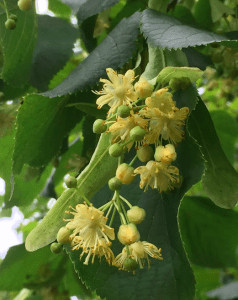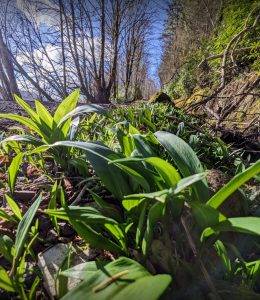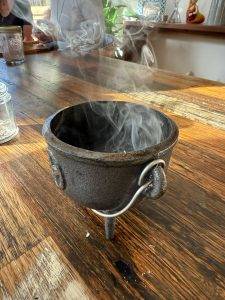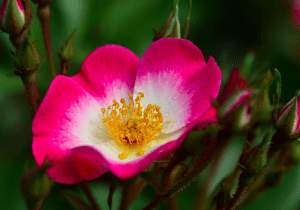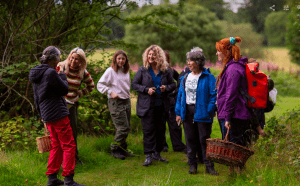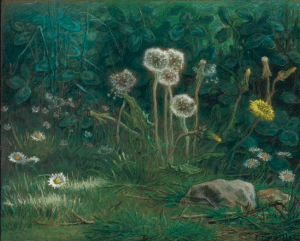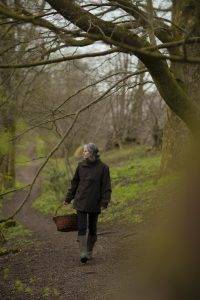As the wheel of the year turns and the Earth gently warms, awakening from her winter slumber, the Celtic festival of Beltane beckons us to honour the vibrant energy of the season and celebrate the fertility and abundance of the approaching summer.
Beltane marked the start of the summer.
A time when the cattle would be driven between the fires to cleanse them in the smoke before they were taken to their summer pasture.
When homes would have been cleaned from top to bottom to remove any residue of lingering negativity from the old year.
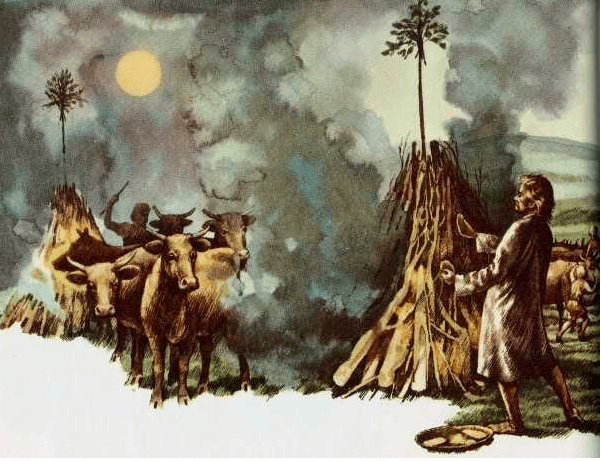
Cleansing The Cattle, artist unknown
Beltane along with Samhain was the time when the veil between the realms of the Fae and the Spirit world was thought to be at it’s most fragile
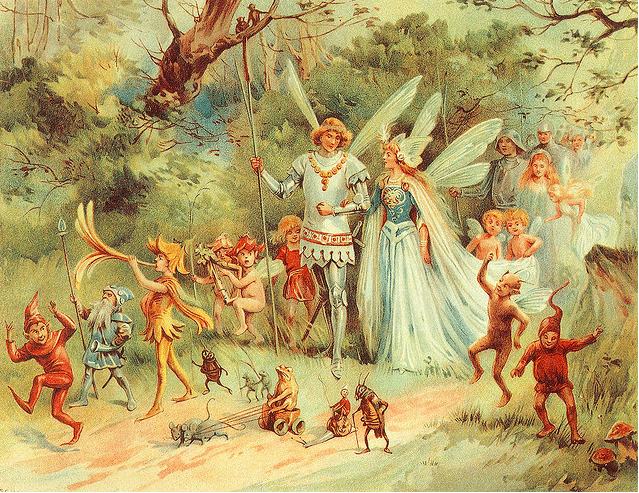
Fairy King and Queen, 1910, artist unknown.
Boughs of Hawthorn and Rowan would have been hung over windows and doorways to protect against any wandering malevolent beings, repelling negative forces and inviting prosperity and good fortune
There would have been feasting and rituals throughout the night with offerings to the Nature Gods and Goddesses for this time of perfect balance between the feminine and masculine energies, as reflected in the explosion of growth in the greenery of the Earth
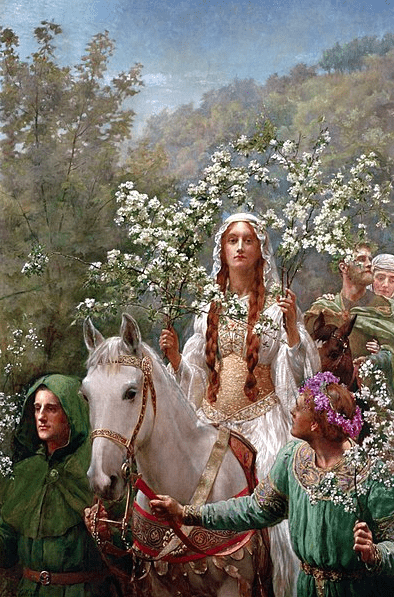
Queen Guinevere Maying, John Collier, 1900
Hawthorn, with her delicate white blossoms, ruby red berries and nutty flavoured leaves, holds a special place of reverence during this festival of fire. I often find myself wandering my favourite groves or hedgerows in both Glasgow and Argyll, basking in her protective aura and gathering her nourishing leaves flowers and fruits to strengthen my heart and soul throughout the year.
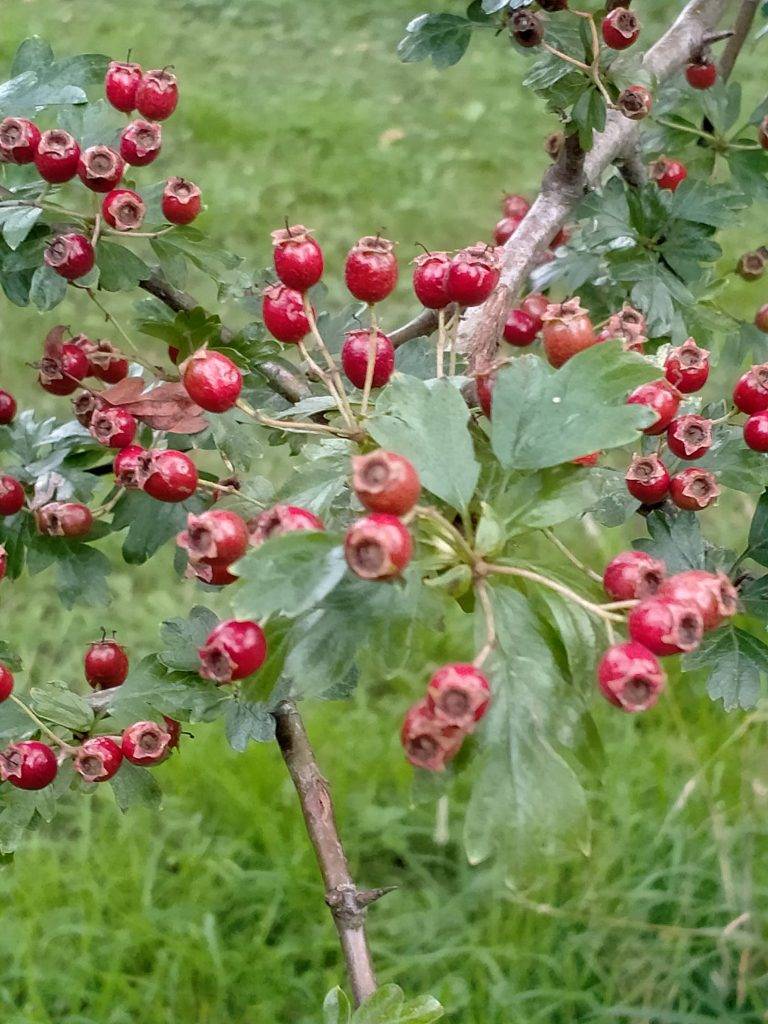
Symbolism and Folklore
Known as the May tree or the Mayflower, because it’s delicate white flowers appear in May, Hawthorn was regarded as a symbol of purity, fertility and the promise of new beginnings.
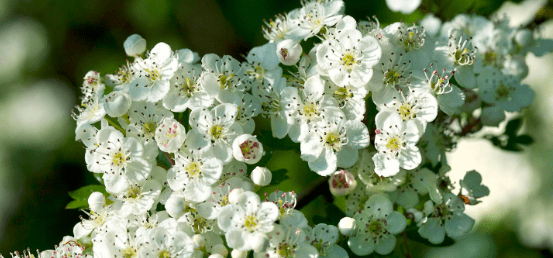
Hawthorn was revered for it’s protective qualities and in medieval Europe, Hawthorn was planted near homes and churches to ward off evil spirits and protect against evil forces. It was thought that the thorny branches acted as a barrier against negative energies, whilst the fragrant blossoms served as a beacon of light and purity in the darkness.
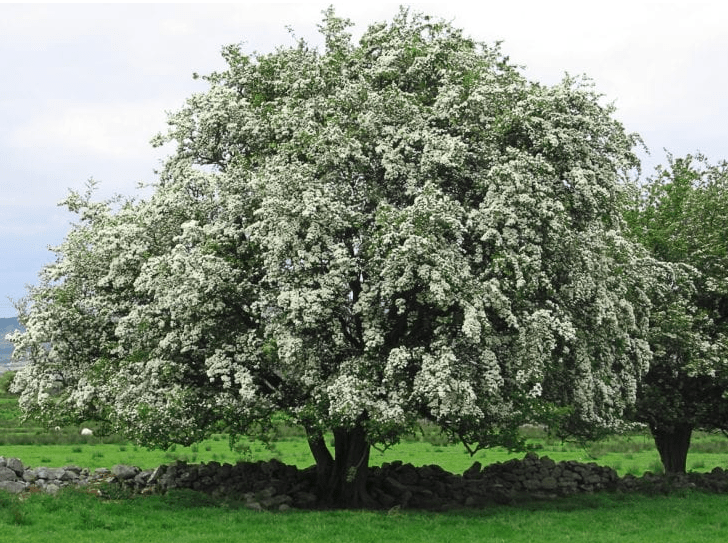
Love and Romance
Closely associated with themes of love and romance, in some traditions, it’s thought that carrying a sprig of Hawthorn blossom can attract love and bring good fortune in matters of the heart. However, it is thought to be extremely unlucky to bring Hawthorn blossom into the home, inviting in the wrath of the Fae! This is most likely due to the presence of the chemical trimethylamine in the blossom, which is also produced when animal tissue decomposes. As the Black Plague, swept through Europe, and communities struggled to bury their dead quickly enough, the association between the decaying bodies and Hawthorn blossom would have been starkly evident, with Hawthorn blossom being strongly associated with death for quite some time.

Black Annis
Death and Rebirth
Possibly as a result of the scent of Hawthorn, it is a tree that is very much associated with death and rebirth, symbolizing the cyclical nature of life and the eternal renewal of the natural world. In Ireland, Hawthorn trees are often found growing near ancient burial sites, where they are believed to serve as guides to the spirit world. During both Beltane and Samhain, when the veil between the living and the dead was thought to be at it’s weakest, it was thought that the spirits of the departed could cross back over to the mortal realm to seek solace and communion with the living. Our Celtic ancestors would have left offerings of food and drink beneath Hawthorn and probably Rowan as tokens of respect and remembrance to the dead.
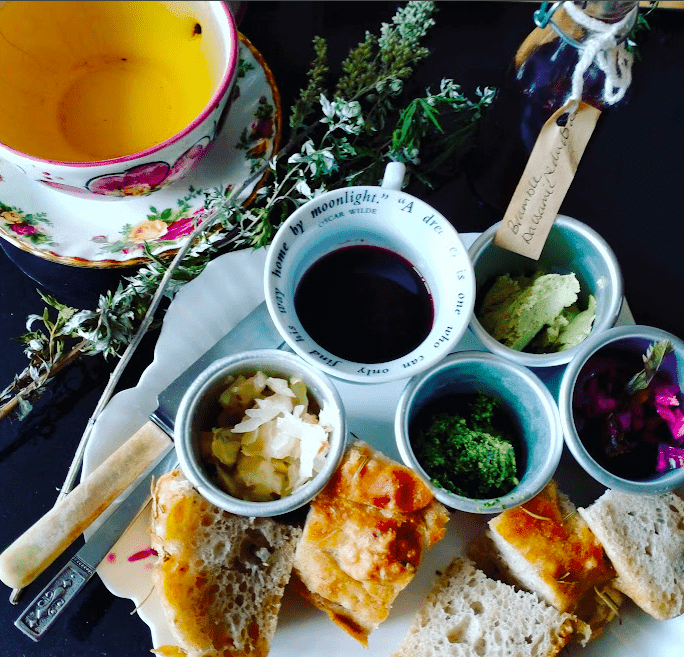
Medicinal Uses
Every part of Hawthorn is used in herbal medicine for it’s wonderful normalizing action on the heart & circulatory system. Because Hawthorn is an adaptogen, it will not only lower your blood pressure to a normal level, it will also increase your blood pressure if it’s too low, back up to a normal level. This is thanks to the presence of the chemical trimethylamine. This is almost counterintuitive, as I’ve mentioned above that this chemical is also produced in decomposing animals. That chemical is responsible for strengthening and toning the heart and cardiovascular system. It’s hardly any wonder that this plant was revered by the ancients!
Hawthorn also contains plant compounds called oligomeric procyanidins, (OPCs), & other flavonoids. These are powerful antioxidants which relax the nervous system, making this the perfect remedy for stress & anxiety, especially when there is a feeling of panic & heart palpitations.
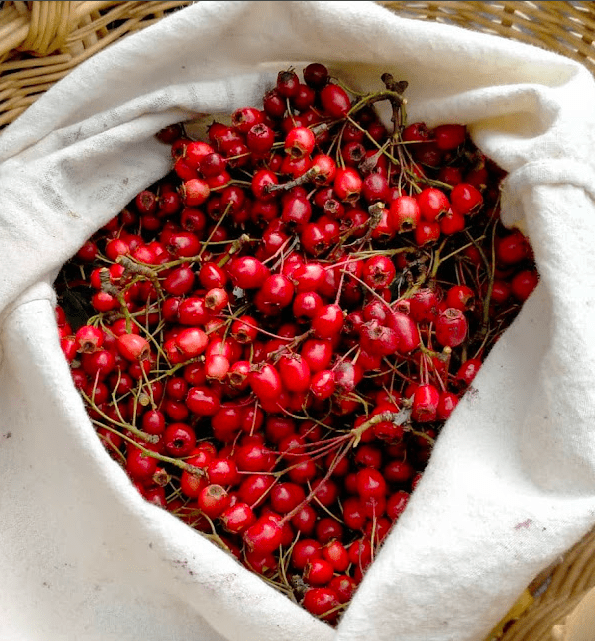
As a Food
As well as all those wonderful medicinal benefits, Hawthorn is a healthy nutritious wild food too, containing B-vitamins, including folic acid (antioxidant and important for metabolism), Vitamin C (immunity, skin, and cardiovascular health), Flavonoid rutin (an antioxidant that improves blood flow by helping to dilate blood vessels), Phenols (anti-inflammatory and antiseptic), Procyanidins (antioxidant compounds), Vitexin (antioxidant, anticancer, anti-inflammatory), Catechins (a class of antioxidants), Saponins (help the body absorb nutrients), Calcium & iron.
Hawthorn used to bloom on or just before May Day. That may possibly be the case in warmer parts of the country, but rarely does that occur up here in Scotland. This is probably because ancient Beltane celebrations date back way before the Gregorian calendar that we follow today, pushed them back by about 11 days. Our ancestors wouldn’t have followed a strict calendar, but would have used Nature and the stars to guide them in the timings of their celebrations, so it seems only fitting that we should do the same and celebrate with a cup of heart strengthening Hawthorn blossom cordial when the trees feel ready to gift us their medicine.
The following recipe uses those heady fragranced blossoms to make a refreshing summer drink, topped up with ice cold sparkling or still water, or splashed into alcohol for summery cocktails. Whilst I will not argue that the odour of Hawthorn blossoms is distinctly unpalatable to many, once cooked, they are transformed into a light fragrance with almond/vanilla undertones, no taste or scent of death, I promise.
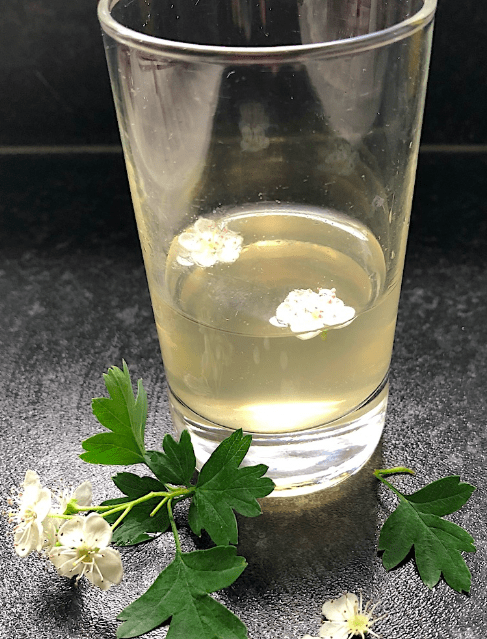
Hawthorn Cordial
Ingredients
5 cups of blossoms
2 cups sugar
2 cups water
1 large lemon and it’s the grated zest
Directions
Place your flowers in a bowl.
Dissolve sugar in water over low heat and then increase the heat and boil for 5 minutes. Remove from heat. Let cool for 2 minutes.
Pour this syrup over the flowers, give it a good stir and then return to the saucepan.
Lower heat to the lowest setting, add the lemon juice & zest, let simmer for 25 minutes.
Let your concoction cool and then pour it through a fine sieve, muslin cloth or coffee filter into a sterilized bottle. This will remove the zest so your cordial is clear.
This will keep for a couple of weeks in the fridge. Dilute it with water, soda water — or booze!

